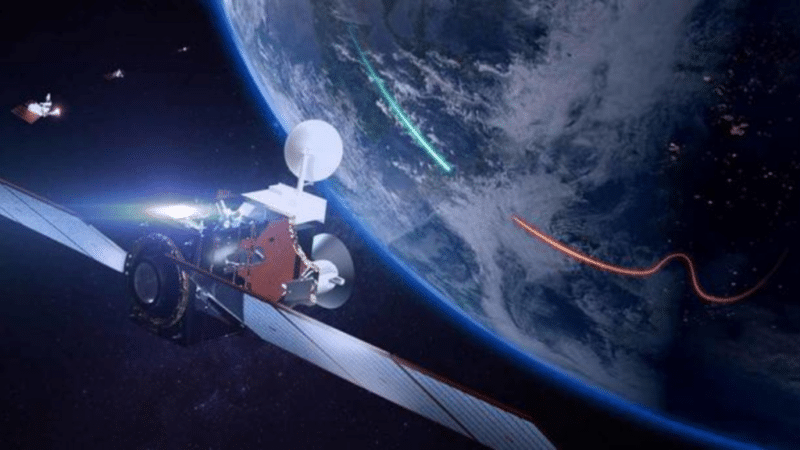Last July, a large part of the French defense sphere was furious, after the European Commission awarded the Spanish SENER Aeroespacial, supported by the German Diehl and several other European companies, the design of the EU HYDEF program for European Hypersonic Defense Interceptor, which should make it possible to create a system for detecting and intercepting hypersonic missiles, a threat that has now become much more precise since the use of Russian Kinzhals in Ukraine. Indeed, all of the companies selected by Brussels have no experience either in the field of ballistic interception or hypersonic weapons. Which is not the case for French companies, which on the one hand produce the anti-aircraft and anti-ballistic system SAMP/T Mamba and its naval variant within the Franco-Italian joint venture Eurosam bringing together MBDA, Thales and Leonardo. These same French companies are also involved in the design of the future nuclear hypersonic missile intended to replace the ASMPA supersonic missile, and in the development of the V-MAX hypersonic glider demonstrator with ONERA.
Beyond this decision having favored the “European” side of the project over its operational aspect, while the times probably do not lend themselves to such considerations, another characteristic of the program is to say the least surprising: its budget. Indeed, the EDF has planned to devote €110m to the programme, an amount which already seemed particularly low at the time, and even more today. Indeed, as part of the preparation of the 2024 US army budget, the US Space Force, the new army dedicated to the space of the American forces created in December 2019, also presented a program dedicated to containing the hypersonic threat. For the US Space Force, however, it is only a question of ensuring the detection and tracking of these missiles combining very high speeds, atypical trajectories and significant maneuvering capabilities, and not of intercepting them, this mission falling to other American armies, such as the US Navy using SM-6 missiles. However, to fulfill this mission, it requires a budget of $16 billion, 130 times greater than that allocated by the European Commission through the EDF.

It is true that the US armies have a culture of budgetary consumption far superior to those of their European counterparts with an identical program. It is therefore common for American programs offering industrial and technological characteristics very close to European but also South Korean programs to have a budget several times higher than their counterparts. For example, a Virginia-class nuclear attack submarine, certainly more imposing and having vertical silos, costs American taxpayers almost 2,5 times more than the Navy's Suffren-class SSN costs. National. Likewise, the design phase of the F-35A Lightning II fighter, for the 3 versions including that with vertical or short takeoff and landing, will have cost almost 14 more than that which made it possible to develop the Rafale in its two main versions, land and naval. However, the explanation for this gap is not to be found in a possible over-performance of the European BITD, but in the level of the ambitions of the two programs, the polar opposites of each other.

The rest of this article is for subscribers only
The Classic subscriptions provide access to
all articles without advertising, starting at € 1,99.
Newsletter subscription
Register for the Meta-Defense Newsletter to receive the
latest fashion articles daily or weekly


[…] […]